Labrador Retriever Standard
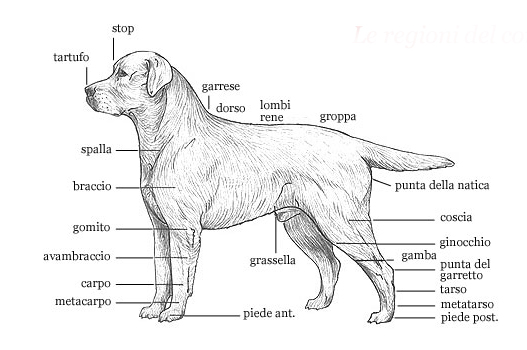
FCI Standard n°122/12.01.2011
![]() Origin: Great Britain
Origin: Great Britain
![]() Utilization:
Utilization:
retriever
![]() FCI Classification: Group 8: Retrievers, Flushing dogs, Water dogs
FCI Classification: Group 8: Retrievers, Flushing dogs, Water dogs
![]() Section 1: Retrievers with working trial
Section 1: Retrievers with working trial
![]() Strongly built, short-coupled, very active; (which precludes excessive body weight or substance) broad in skull; broad and deep through chest and ribs; broad and strong over loins and hindquarters.
Strongly built, short-coupled, very active; (which precludes excessive body weight or substance) broad in skull; broad and deep through chest and ribs; broad and strong over loins and hindquarters.
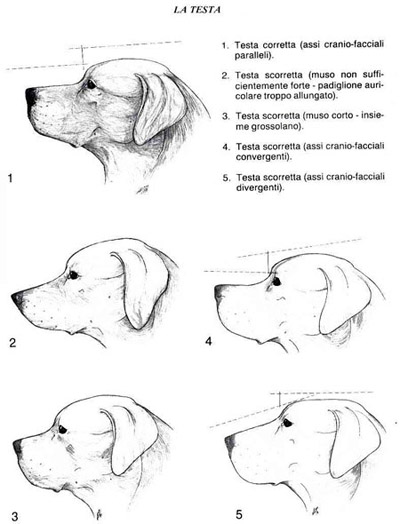
HEAD AND NECK
![]() Broad, Clean-cut skull without fleshy cheeks, defined Stop.
Broad, Clean-cut skull without fleshy cheeks, defined Stop.
![]() Wide nose, well-developed nostrils. Powerful, no-pointy muzzle.
Wide nose, well-developed nostrils. Powerful, no-pointy muzzle.
![]() Medium-length teeth, Strong jaws and teeth with perfect, regular scissor bite, i.e. upper teeth closely overlapping lower teeth and set square to the jaws
Medium-length teeth, Strong jaws and teeth with perfect, regular scissor bite, i.e. upper teeth closely overlapping lower teeth and set square to the jaws
![]() Medium-sized eyes, intelligent and good-tempered expression; brown or hazel color.
Medium-sized eyes, intelligent and good-tempered expression; brown or hazel color.
![]() Ears are not large nor heavy, hanging close to head and set rather far back.
Ears are not large nor heavy, hanging close to head and set rather far back.
![]() Clean, strong, and powerful neck, set into well placed shoulders.
Clean, strong, and powerful neck, set into well placed shoulders.
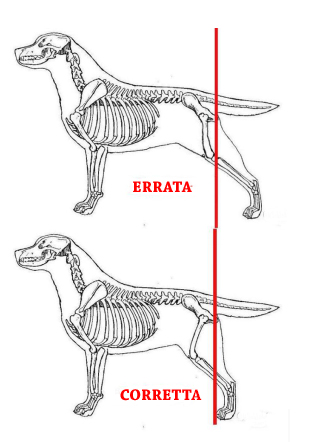
BODY AND POSTURE
![]() Wide, short-coupled and strong loin.
Wide, short-coupled and strong loin.
![]() Chest of good width and depth, with well sprung barrel ribs – this effect not to be produced by carrying excessive weight.
Chest of good width and depth, with well sprung barrel ribs – this effect not to be produced by carrying excessive weight.

TAIL
![]() ”
”
Characteristic, very thick at the root, it gradually tapers towards the tip.
![]() Distinctive feature, very thick towards base, gradually tapering towards the tip, medium length, free from feathering, but thickly covered all round with short, thick, dense coat, thus giving a “rounded” appearance described as “Otter”
Distinctive feature, very thick towards base, gradually tapering towards the tip, medium length, free from feathering, but thickly covered all round with short, thick, dense coat, thus giving a “rounded” appearance described as “Otter”
![]() May be carried gaily, but should not curl over back.
May be carried gaily, but should not curl over back.
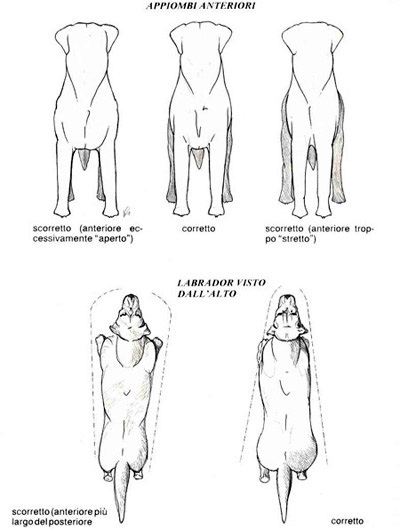
FOREQUARTERS
![]() General appearance: Straight from elbow to ground when viewed from either front or side.
General appearance: Straight from elbow to ground when viewed from either front or side.
![]() Shoulder: Long and sloping.
Shoulder: Long and sloping.
![]() Forearm: well boned and straight forelegs.
Forearm: well boned and straight forelegs.
![]() Forefeet: Round, compact; well-arched toes and well developed pads.
Forefeet: Round, compact; well-arched toes and well developed pads.
HINDQUARTERS
![]() Well-developed hindquarters, not sloping towards the tail.
Well-developed hindquarters, not sloping towards the tail.
![]() Well-turned stifle.
Well-turned stifle.
![]() Hocks are well let down. Cow hocks are highly undesirable.
Hocks are well let down. Cow hocks are highly undesirable.
![]() Hind feet: round and compact; well-arched toes and well developed pads.
Hind feet: round and compact; well-arched toes and well developed pads.
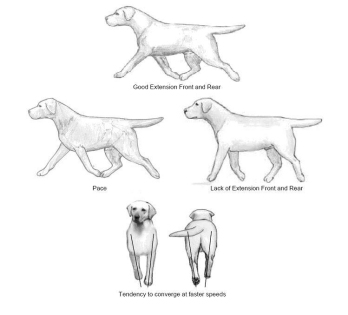
GAIT
![]() Free, covering adequate ground; straight and true in front and rear.
Free, covering adequate ground; straight and true in front and rear.
COAT
![]() Hair: Distinctive feature, short, dense, without wave or feathering, possibly giving fairly hard feel to the touch; weather-resistant undercoat.
Hair: Distinctive feature, short, dense, without wave or feathering, possibly giving fairly hard feel to the touch; weather-resistant undercoat.
![]() Color: Wholly black, yellow or liver/chocolate. Yellows range from light cream to red fox. Small white spot on chest permissible.
Color: Wholly black, yellow or liver/chocolate. Yellows range from light cream to red fox. Small white spot on chest permissible.
![]()
Hind feet: round and compact; well arched toes and well developed bearings
Ideal height at the withers
![]() Male 56 – 57
Male 56 – 57
![]() Female 54 – 56
Female 54 – 56
FAULTS
![]() Any departure from the foregoing points should be considered a fault and the seriousness with which the fault should be regarded should be in exact proportion to its degree..
Any departure from the foregoing points should be considered a fault and the seriousness with which the fault should be regarded should be in exact proportion to its degree..
N.B. Male animals should have two apparently normal testicles fully descended into the scrotum.



